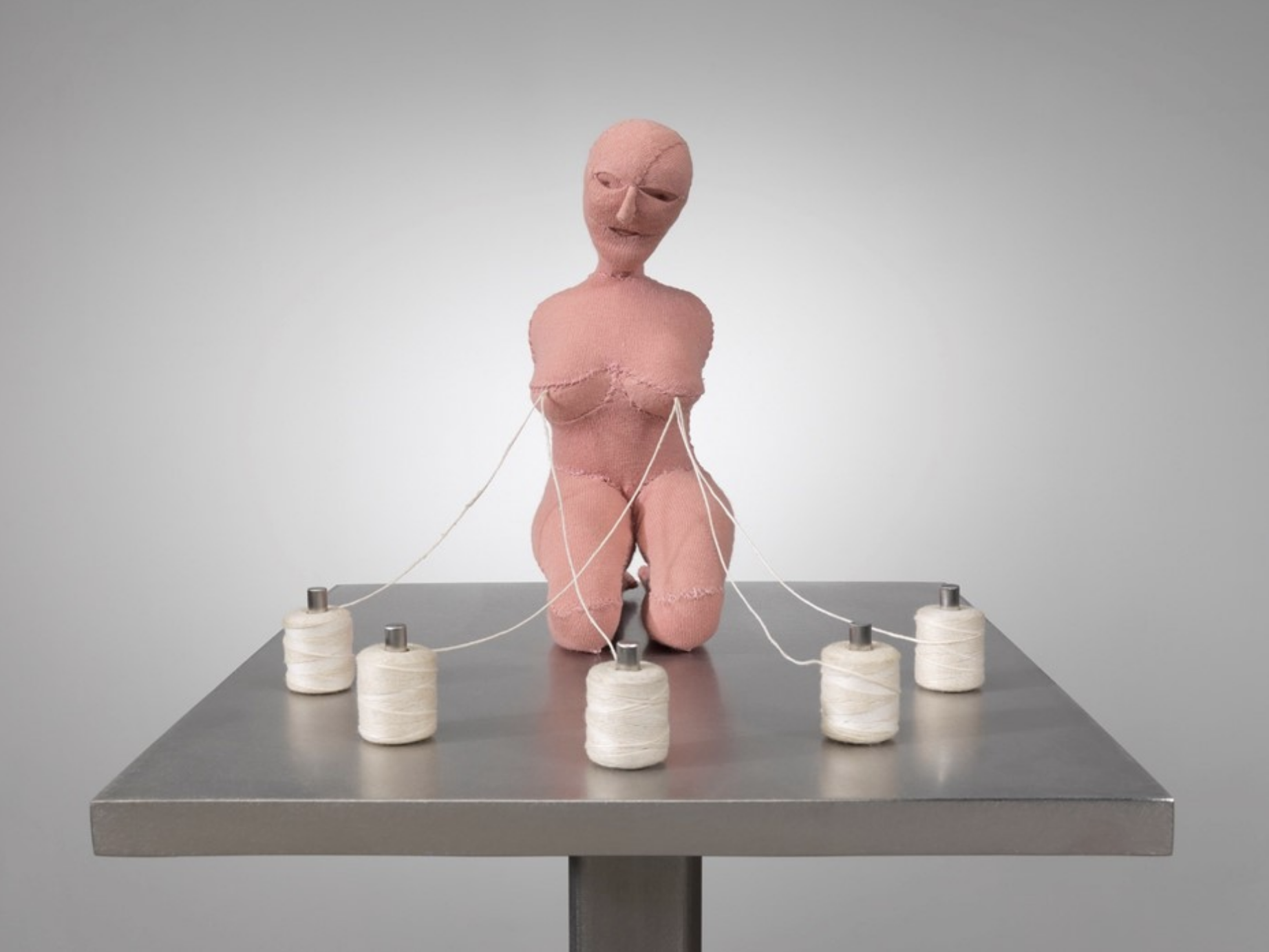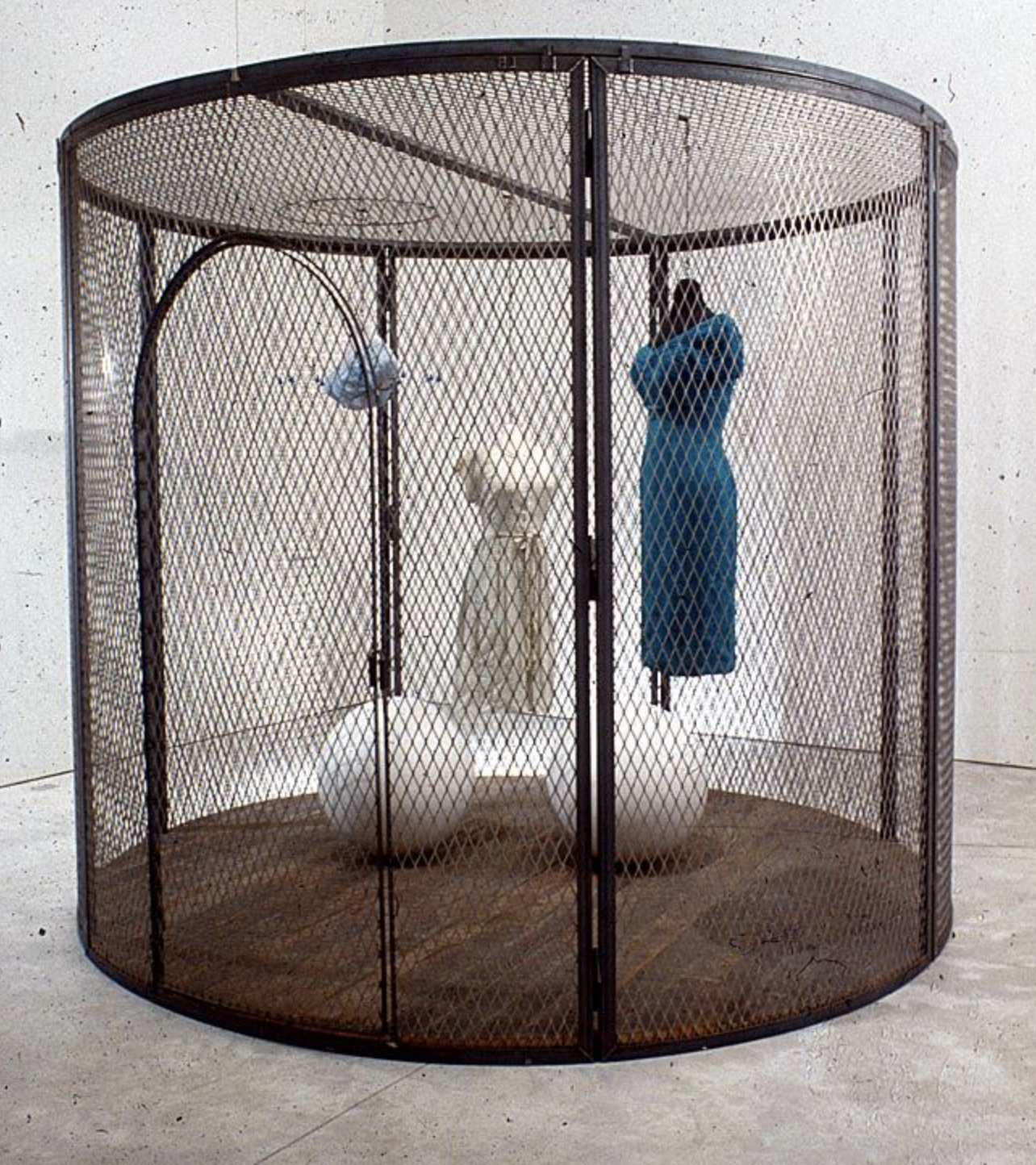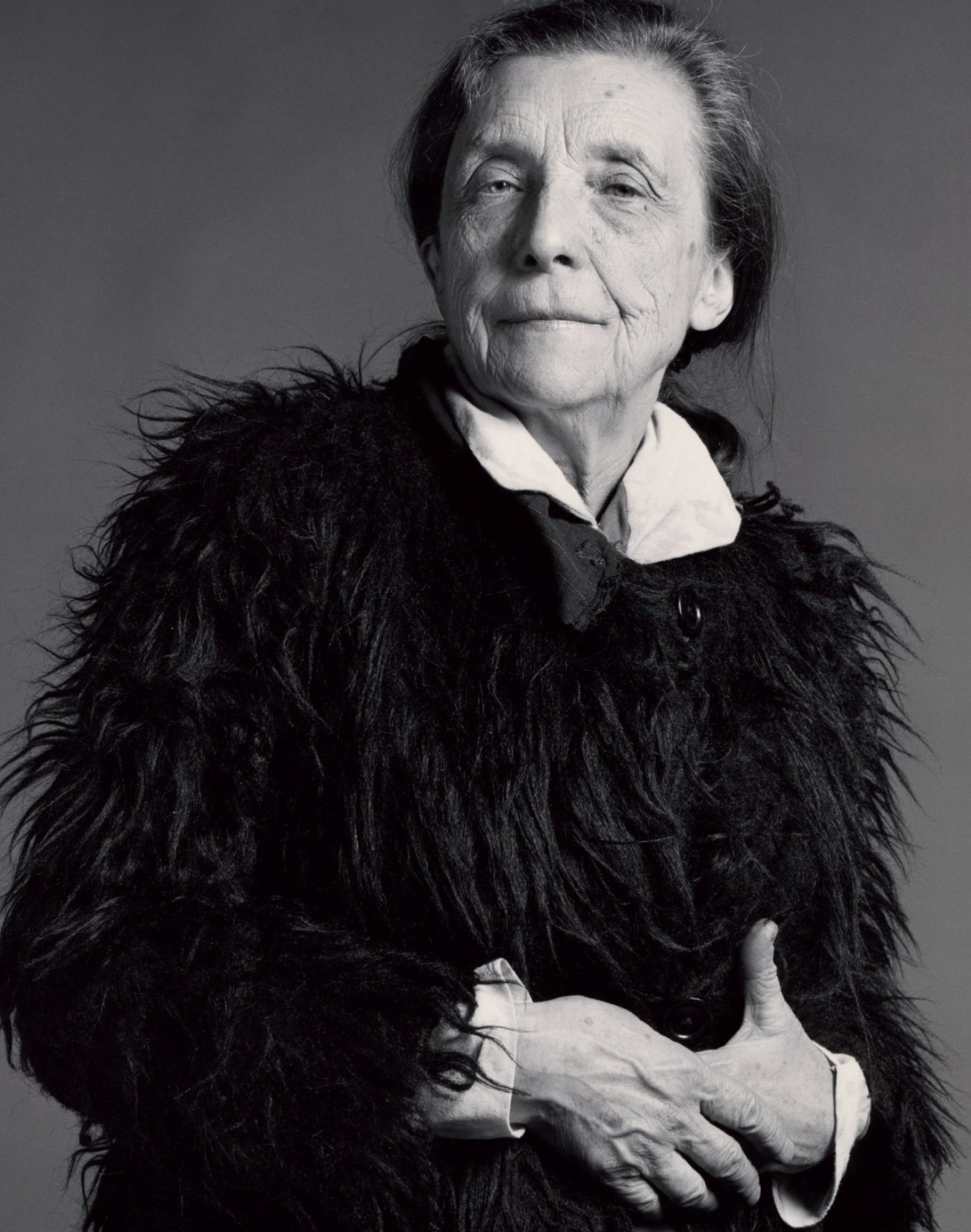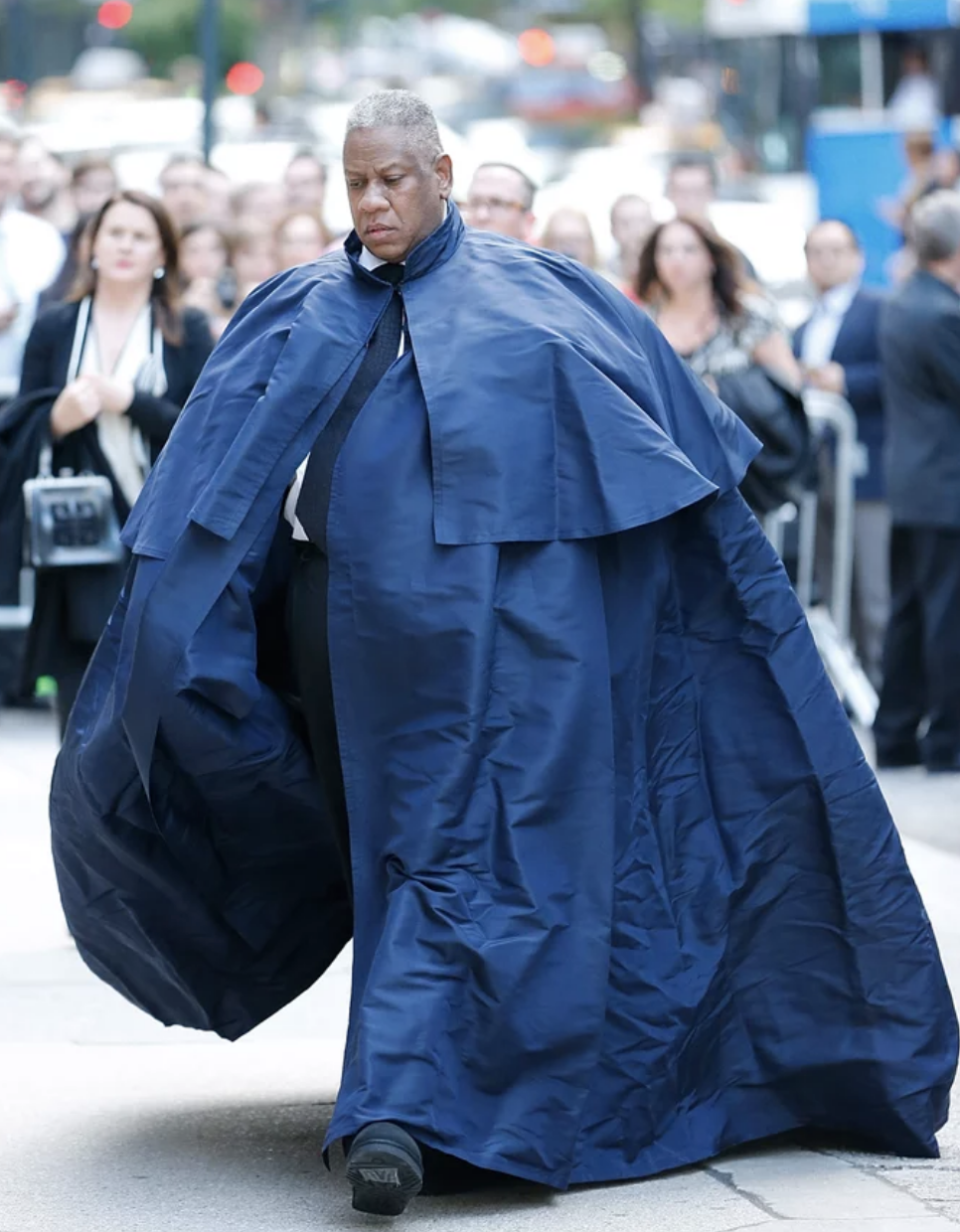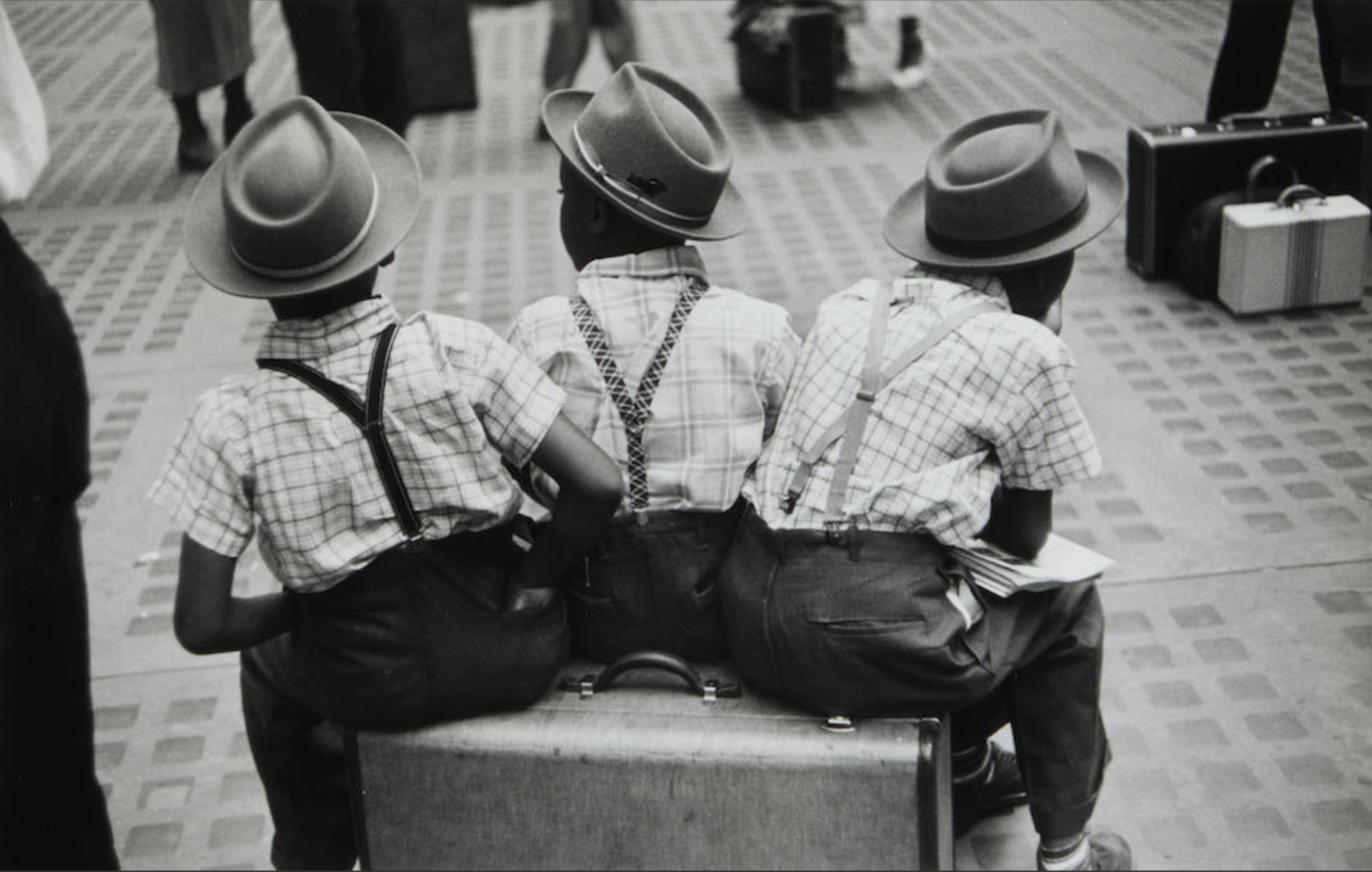The Aftermath: How Postwar Artists in Britain Responded to Collective Experience
Full Stop (1961) The Estate of John Latham/Tate
‘Am I standing on my head, or is the world upside down?’
Franciszka Themerson
I recently visited an excellent exhibition of art created in Britain in the wake of the Second World War. (‘Postwar Modern’ is at the Barbican, London until 26 June.)
The show features the work of 48 artists: paintings, sculpture, photography, collage and installations. We witness how, over a twenty-year period, a creative community responded to the world around it - initially with shock and horror at the recent past, and then with growing confidence about future possibilities.
On entering the first gallery, we are greeted by a sombre symphony in black. There’s an agonised Christ on the cross by Francis Newton Souza. There are the vaporized heads of Eduardo Paolozzi. And there’s a big bleak ‘Full Stop’ by John Latham – like a bullet wound or an eclipsed planet or a black hole.
It’s grim stuff.
Perhaps that’s entirely understandable, given the upheaval and destruction that people had witnessed. The war had blitzed cities and blown away certainties, leaving an anxious world under a nuclear cloud. Britain had become a home for refugees from Nazism and migrants from its now crumbling empire.
‘The 1950s found most of us in London, each of us independently examining the images left in our minds and souls in the aftermath of World War II. In some sense we felt that new images might help us to prevent the repetition of the inhuman and unseemly past. It was with some excitement, then, that we approached the new and tried to erase the old.’
Magda Cordell
Artists depicted the dereliction, damage and decay that they saw all around them. William Turnbull, who had been a fighter pilot, created desolate relief landscapes in bronze. Bill Hardy photographed kids playing in urban bombsites. Elizabeth Frink sculpted strange, monstrous, menacing birds.
‘They actually became something else…They became like bits of shrapnel and flying things…with very sharp beaks.’
Elizabeth Frink
There are not many portraits of people here. Rather artists reconfigured the human body from abstract shapes and machine parts. Magda Cordell painted pulsating internal organs in bold crimson. Inspired by television and science fiction, John McHale imagined a family of wired cyborgs.
‘We extend out psychic mobility. We can telescope time, move through history, span the world through visual and aural means.’
John McHale
First Contact, 1958 by John McHale
Some sought a completely new visual language, experimenting with industrial materials like sheet metal, Perspex and household paint. Mary Martin created pure white reliefs, austere, abstract geometric forms. Victor Pasmore abandoned figurative painting and threw himself into work prompted by science, geometry and mathematics.
‘Today the whole world is shaken by the spirit of reconstruction… In painting and sculpture, as also in architecture, an entirely new language has been formed.’
Victor Pasmore
In time artists began to document the budding new society that was rising from the rubble. Jewish refugees Frank Auerbach and Leon Kossoff presented the city under construction, in thick layers of earth-toned paint. Eva Frankfurther portrayed ordinary workers at the Lyons Corner House, weary and pensive. Shirley Baker photographed the street life of multicultural Manchester and Roger Mayne celebrated London’s emergent youth culture – poor, but cool and fun-loving.
‘West Indian Waitresses’ by Eva Frankfurther c1955. Photo Courtesy of the Ben Uri Gallery.
And there was a spirit of righteous rebellion in the air. Francis Bacon and David Hockney referenced their homosexuality in their work, despite the fact that it was still illegal.
‘What one must remember about some of these pictures is that they were partly propaganda of something that I felt hadn’t been propagandised… homosexuality. I felt it should be done.’
David Hockney
Gradually colours became brighter and bolder. Patrick Heron painted radiant abstract landscapes. Gillian Ayres produced intense organic shapes, full of feeling and possibility.
‘A shape – a relationship – a body – oddness – shock – mood – cramped – isolated – acid – sweet – encroaching – pivoting – fading – bruised.’
Gillian Ayres
Detail of Gillian Ayres, Break-off
And so we arrive in the ‘60s, a decade of fearless innovation and wild experimentation; of mobiles, installations, auto-creation and rotating sculptures. The shadows of the war have for the most part departed.
We often characterise artists as solitary individuals, ploughing their own furrows, expressing their own unique perspectives. But what struck me about this exhibition was the extent to which the creative community was responding, together, to the times in which they were working. These artists were challenging social norms and being challenged by collective experience. They were fully immersed in their environment.
In the sphere of commerce, brands sometimes seem to exist in their own secluded space; articulating their own particular point of view, untouched by cultural or competitive forces. This show suggests to me that brands must breathe the same air as their consumers; they must feel their anxieties, share their enthusiasms. Brands must participate in society, not stand aloof from it.
‘Postwar Modern’ deals in the aftermath of war. Aftermath is an appropriate word. It was originally an agricultural term: ‘a second crop or new growth of grass (or occas. another plant used as feed) after the first has been mown or harvested.’(OED).
Aftermath suggests rebirth and renewal. Even in the darkest times, there is hope.
'Yes, we're different, worlds apart.
We're not the same.
We laughed it away
At the start, like in a game.
You could have stayed
Outside my heart,
But in you came.
And here you'll stay,
Until it's time for you to go.’
Buffy Sainte-Marie, 'Until It's Time for You to Go'
No. 370












